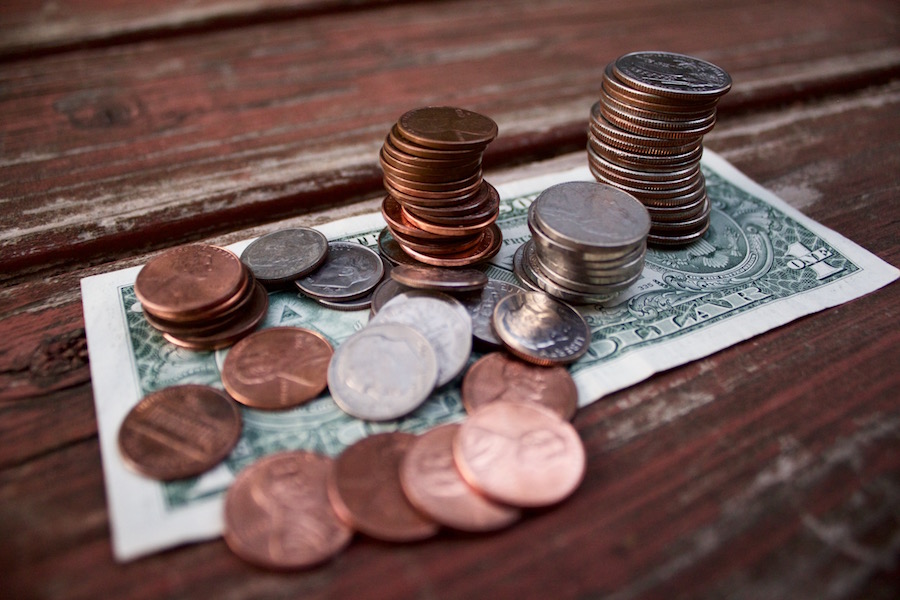
UC Board of Regents discuss debt management policy amid rising borrowing concerns
The Board of Regents of the University of California (UC) held a meeting on Sept. 14 to discuss a proposal for a new management policy to address UC’s increasing debt, which now sits at $17.2 billion.
The debt, which has more than doubled since the recession, has become an increasing concern since two bond rating services, Moody’s and Fitch, downgraded the University’s credit rating in 2014, citing continuous operating deficits.
“The portfolio has grown from $6.79 billion of debt outstanding as of fiscal year end 2008,” said the University of California Office of the President (UCOP) in its discussion agenda for the meeting in September. “During this time of contracted fiscal conditions that have continued since the Great Recession, the debt portfolio has been one of the tools the [UC] has used to invest in its teaching, research, and public service mission, and to support the future financial health of the [UC]. With the growth in size of the debt portfolio, a debt policy to guide capital markets activities and govern the use, structuring and management of debt has become even more critical.”
The University has three primary lenders that it currently owes the sum of its debt to: the General Revenue Bond (GRB), the Limited Project Revenue Bond (LPRB) and the Medical Center Pooled Revenue Bond (MCPRB).
The GRB serves as the UC’s primary source of credit, which, according to the UCOP discussion agenda, is used to “finance projects that are integral to the UC’s core mission of education and research.”
The LPRB is used for projects such as student housing, parking, recreational facilities and athletics while the MCPRB is the main financing system for the UC’s five medical centers.
The University owes $10.3 billion, $3.8 billion and $3.1 billion to the GRB, LPRB and MCPRB respectively.
In 2014, Moody’s and Fitch bond-rating services downgraded the University’s credit rating after concerns regarding the UC’s operating deficits. The University’s credit ratings for the GRB currently sit at Aa2, AA and AA from Moody’s, Fitch and Standard and Poor’s.
“The downgrade to Aa2 reflects the University’s multiple years of operating deficits, rising fixed costs and revenue constraints,” said Moody’s Investor Services in its 2014 statement. “The rating also incorporates the University’s substantial and growing debt burden, increasing the importance of stronger cash flow to absorb rising debt service obligations. The University’s ability to improve operations will be further limited by public policy and faculty and staff that are 40 percent unionized.”
Despite criticism from legislators concerned about its borrowing habits, the University insists that its debt remains manageable at this point.
“The debt policy was drafted by UCOP in conjunction with campus leadership and advised by external experts,” said Claire Doan, a representative for UCOP, via e-mail. “Debt service remains at a manageable portion of the University’s budget and the University does not use tuition to pay for debt service. Auxiliary revenues, medical center revenues and investment income are among some of the sources which help pay for debt service.”
The main objectives of the debt policy, as detailed by UCOP, would be to outline the University’s actions for debt management; provide guidelines for approving, structuring and managing debt and define roles for approving and monitoring debt after borrowing and provide reporting standards for University’s debt capital program.
The Regents will revisit the debt policy during their November meetings at UC San Francisco.
Written by: Ivan Valenzuela – campus@theaggie.org


